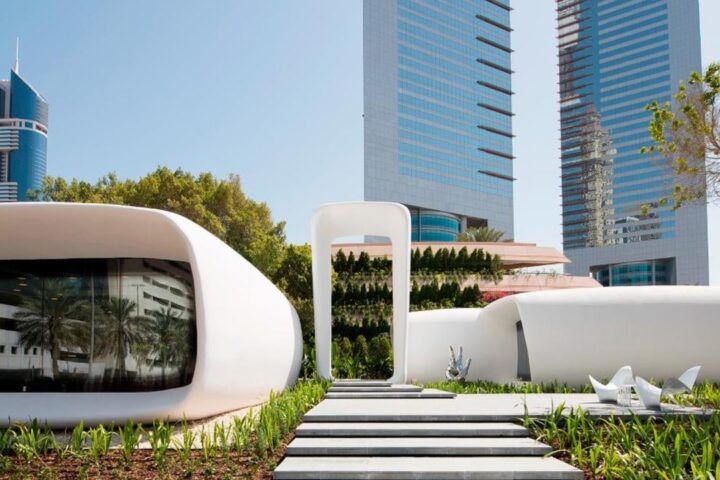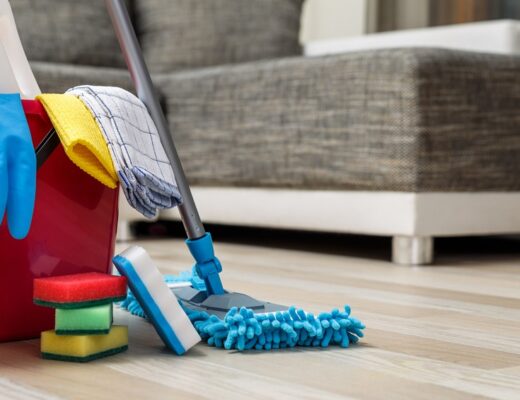3D printing technology is one of the main contributors to the growth of Dubai in the architectural and designing firm. The use of 3D printing materials in the production of architectural models for the designs of complex structures has acted as a revolution in Dubai by providing real and realistic impressions of the drawing on paper. Let’s investigate how the accuracy, effectiveness, and general quality of architectural scale models are enhanced by Dubai 3D printing materials.
3D Printing’s Significance in Architectural Design
Architecture design stands for envisioning and creating concrete mental concepts into actual constructions. After discussing how models are necessary for visualizing and evaluating the finished product, it’s important to point out that these models have to be accurate and detailed. With 3D printing taking root in society, architects and designers can create life-like, three-dimensional models of their ideas. The use of 3D printing is important in arriving at a model that gives accurate information by using advanced materials and enables the provision of information that enhances decision-making.
Superior Materials for Precise Models
Modern materials are used in Dubai 3D printing to produce accurate architectural 3D design. Resin produces prints with fine details and great resolution, which is necessary for complex designs. Nylon accommodates stress and intricate details by combining strength and flexibility. Composite materials combine different components to create distinctive qualities like particular textures or finishes. These premium materials guarantee that 3D-printed models faithfully capture the original concept, improving decision-making and visualization.
Increasing Model Accuracy
The accuracy of architectural scale models is largely dependent on the material used for 3D printing. Superior materials guarantee that the finished object closely resembles the digital design, capturing geometrical complexity and minute nuances. These materials’ superior qualities make it possible to replicate delicate textures, true hues, and delicate design elements—all essential for a successful visualization.
Quickness and Effectiveness
The use of 3D printing materials enhances the speed and efficiency of model manufacturing concerning Dubai. Compared to the conventional model-making methods, the 3D printing model offers shorter production times relative to the former methods which prove to be time and labor-consuming. Higher quality materials and advanced printing techniques reduce the duration it takes to develop an accurate detailed model enhancing speed in design revisions.
Quick Prototyping
The use of 3D printing technology to develop architectural models has among its advantages the ability to conduct a process called rapid prototyping. Conventional architectural models have been developed using manual methods and manipulation of materials, which are often slow and resource-demanding. Conventional technologies, however, intensively elongate this process while 3D printing significantly accelerates it. Whole hours you can spend designing things that if done by conventional model would have taken whole days or weeks. This increased speed of prototyping makes it easier for the designers and architects to make modifications to their ideas, improving decision-making and design.
Simplified Process
Beyond merely accelerating production, 3D printing is efficient. Additionally, it simplifies the architectural model-making process as a whole. Once the digital design is complete, 3D printing allows for a smooth transfer from digital to physical model. Because there is no need for manual part assembly, there is less chance of material waste and human error. Automated 3D printing procedures guarantee that models are manufactured reliably and by the exact requirements of the digital design. This efficiency is especially useful for large-scale projects when it’s important to keep several models consistent.
Cost-Effectiveness
When compared to conventional techniques, 3D printing might be more economical in addition to faster. Lower total expenses are a result of less manual effort and less material waste. Cutting, carving, and assembling materials are common steps in traditional model-making, and they can require a lot of resources. Conversely, 3D printing minimizes waste and excess by using only the material required to produce the model. Furthermore, because changes can be made directly in the digital design before printing, the capacity to make detailed models quickly lessens the need for costly revisions and rework.
Increased Flexibility in Design
One factor in 3D printing’s efficiency is its not suitable design flexibility. Using 3D printing, it is simple to produce distinctive textures, minute details, and complex geometries that would be challenging or impossible to achieve using conventional methods. Designers have more design options to choose from and can easily make changes. This adaptability fosters greater creative experimentation and exploration in addition to quickening the design process. Model modifications can be promptly put into practice and tested, which shortens the project’s total duration and improves the result.
Shorter Lead Times
Reduced lead times for projects result from the capacity to swiftly manufacture realistic architectural scale models. Timeliness is vital in the cutthroat world of architecture and construction. By ensuring that models are finished on time, 3D printing technology makes it possible for stakeholders to evaluate and approve designs on time. Lead time efficiency is particularly crucial for projects that need to be completed on time or repeatedly.
The ability to scale
Scalability is another way that 3D printing’s efficiency and speed are demonstrated. Several models are frequently needed for large architectural projects for various uses, including site studies, planning permissions, and client presentations. Several models can be produced simultaneously with 3D printing that all follow the same design parameters. This scalability guarantees that different project aspects can be handled effectively without sacrificing precision or quality.
Examples and Case Studies
Several noteworthy projects in Dubai demonstrate how 3D printing materials have affected the creation of architectural models. For example, the city has witnessed the construction of incredibly accurate models for famous buildings, such as futuristic skyscrapers, mixed-use complexes, and cultural icons. Utilizing state-of-the-art 3D printing materials, these models have been useful in project planning, client presentations, and open displays.
Conclusion
Dubai’s 3D printing supplies are essential for producing intricate architectural models since they provide several advantages that include accuracy, effectiveness, and personalization. There is improvement in decision-making besides visualization which can be attributed to the fine detail achieved through the use of advanced materials in 3D printers as used by architects and designers. Other trends that contributed to the architectural design and construction in Dubai and are expected to do so in the future are that as technology develops, 3D printing materials will become increasingly used to make architectural models.




